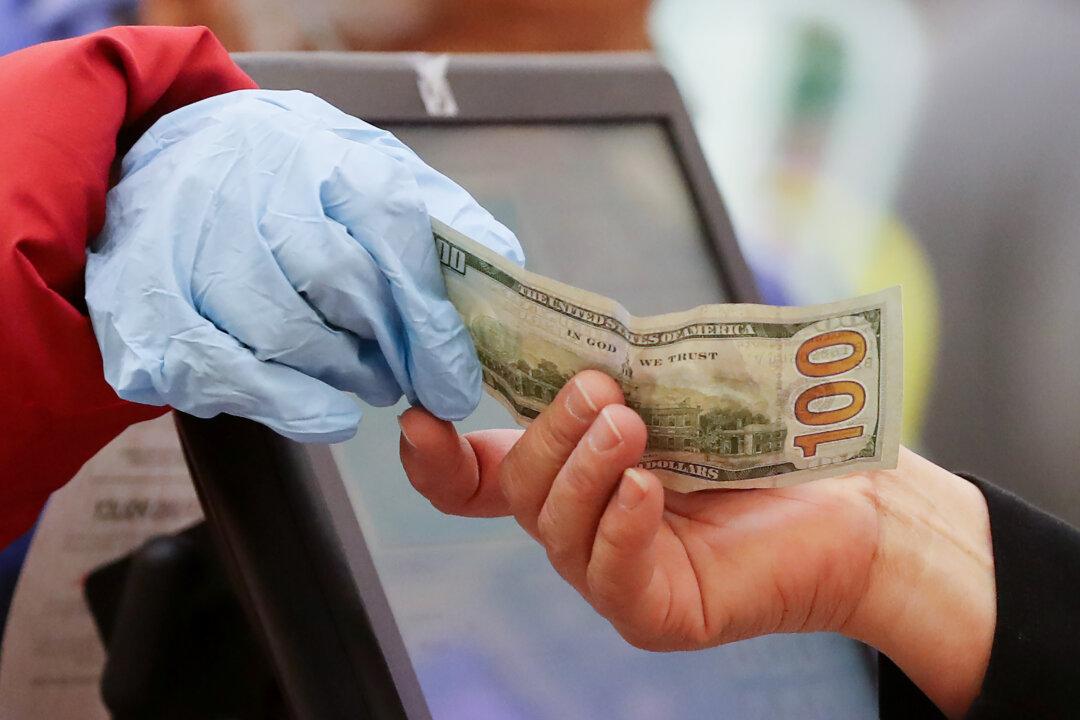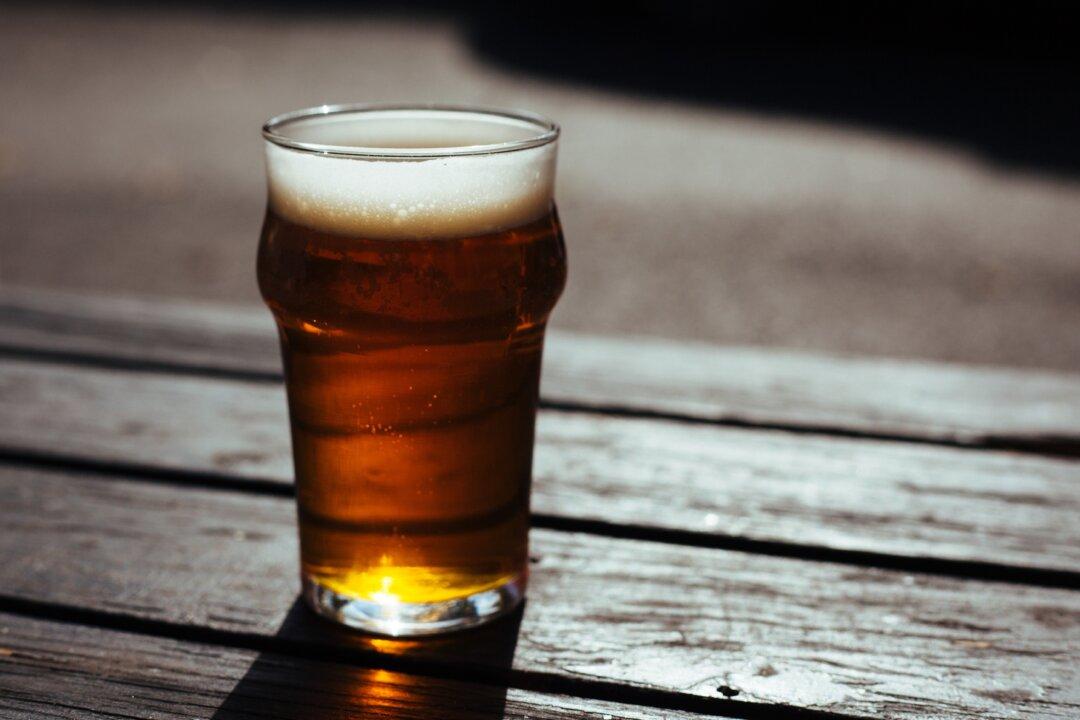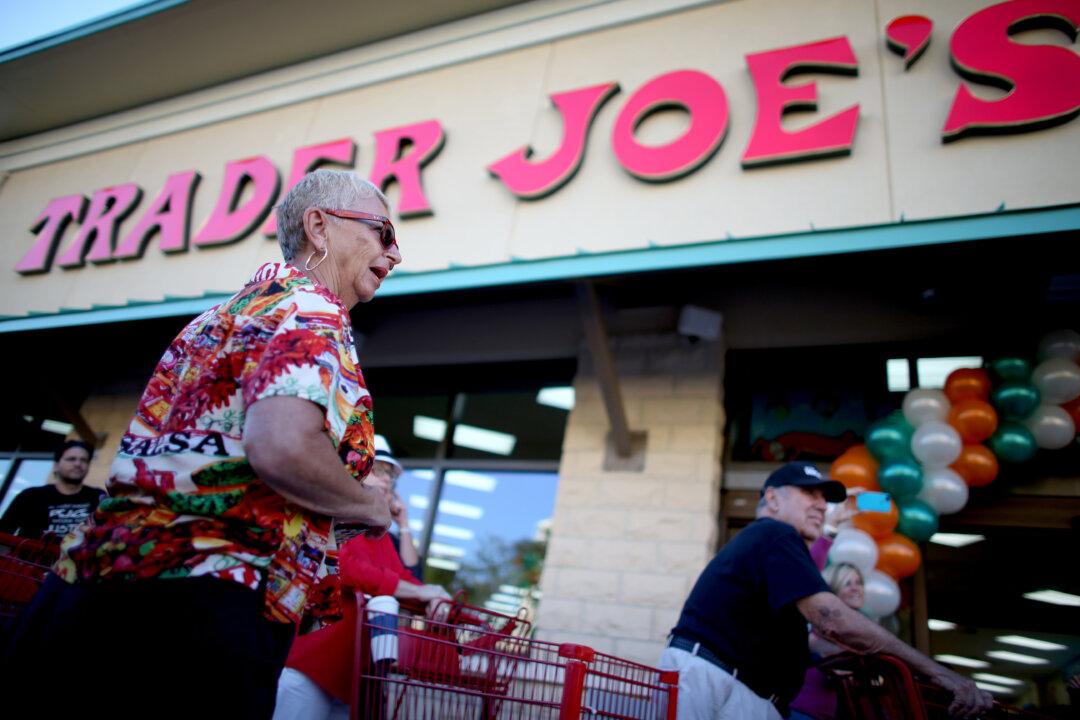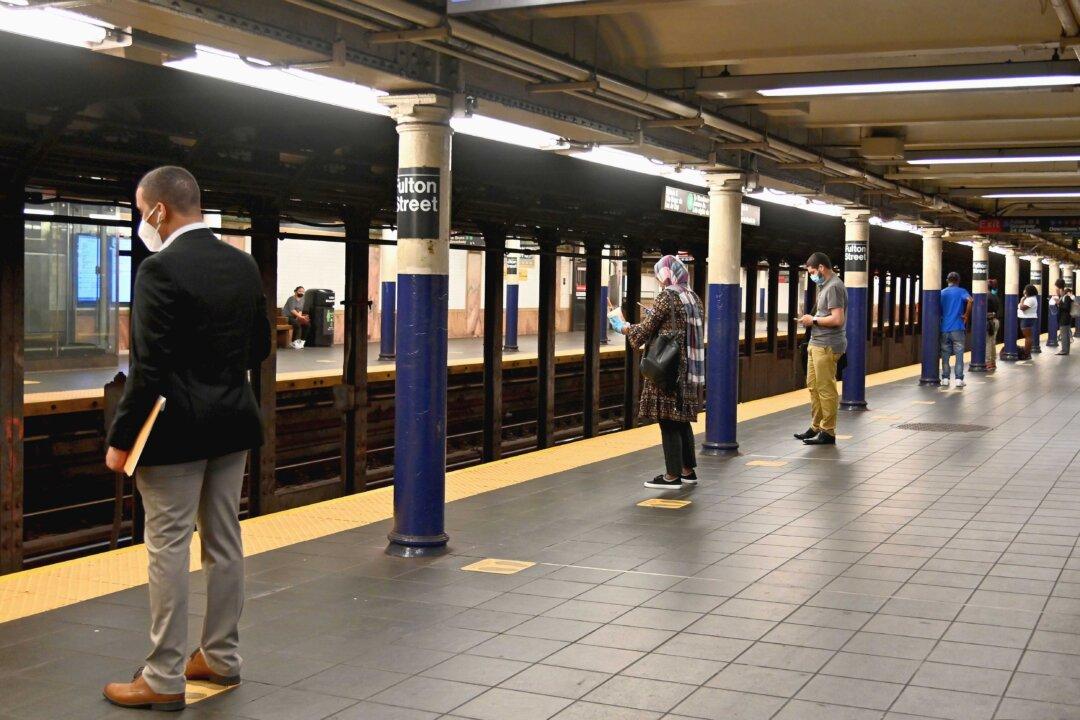Commentary
Last year seems a lifetime ago, but even then, cash was no longer king. The greenback had already lost its premier role as Americans’ medium of exchange in dollar terms. Plastic card and digital transactions had taken over. And that’s how stores, restaurants and other businesses seemed to want it.





